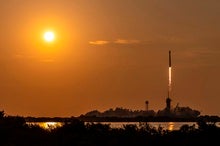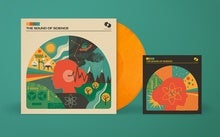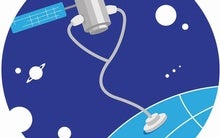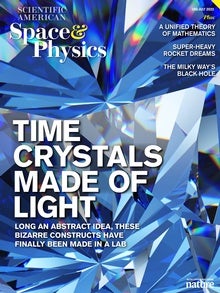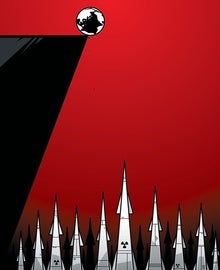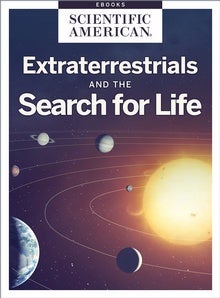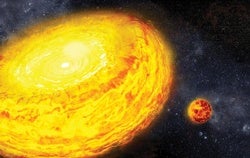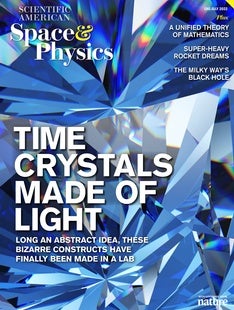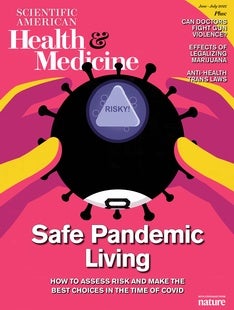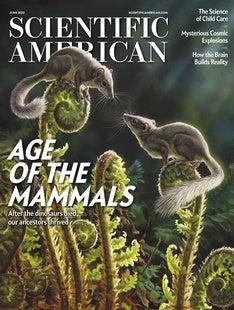 |
| June 02, 2022 |
Dear Reader,
Our lead story this week discusses the successful first-ever attempt to grow plants in lunar soil. Although certainly impressive, this milestone achievement also highlights the difficulty of extraterrestrial agriculture, since the sprouts from Apollo-era moon dirt didn't exactly thrive. Elsewhere, we have stories on detecting nutrient deficiencies from space, new science-inspired music and the rising threat of satellite swarms to astronomy. Enjoy! |
| |
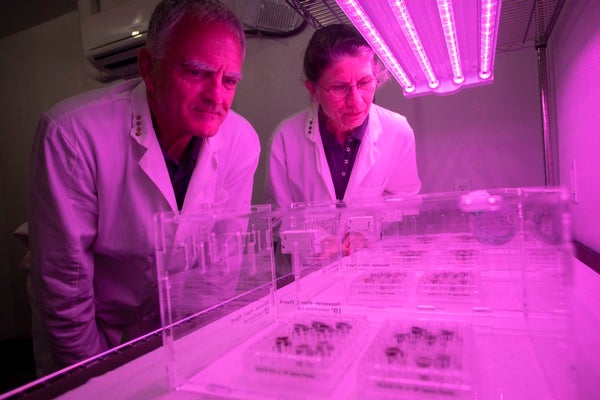 |
| |
| |
| |
| |
| |
| |
| |
FROM THE STORE
 | | Extraterrestrials and the Search for Life Do aliens exist? The enduring mystery of whether we're alone in the universe is a question that continues to drive scientific study into groundbreaking directions. This collection examines the latest thinking in the search for life, from discussing why we haven't found evidence of aliens so far to determining where and how to conduct the search to opening up the possibilities for what otherworldly life could truly look like. |  | | |
| QUOTE OF THE DAY
 "Most of us are not going to go to space. But if we can engineer a way to produce these kinds of crops in such an unforgiving environment--like the lunar surface--we can apply that to meet our food challenges in areas that just can't grow food anymore." Gil Cauthorn, astrobotanist | |
FROM THE ARCHIVE
 | | When Earth and the Moon Were One An entirely new class of astronomical object—a synestia—may be the key to solving the lingering mysteries of lunar origin By Simon J. Lock,Sarah T. Stewart | July 2019 | | |
LATEST ISSUES
 |
| |
| Questions? Comments?  | |
| Download the Scientific American App |
| |
| |



